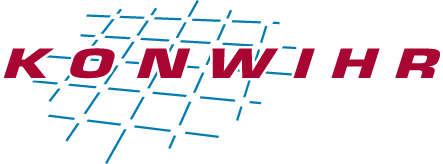Applicant
Prof. Dr. habil. Alice-Agnes Gabriel
Department of Earth and Environmental Sciences – Institute of Geophysics – Group of Earthquake Physics
Ludwig-Maximilians-Universität München
Project Overview
Tandem is an open-source software package for the simulation of earthquake sequences and aseismic slip in volumetric domains accounting for complicated geometries, e.g., topography, complex fault systems. Devel-
oped by the groups of Alice-Agnes Gabriel (LMU, UC San Diego) and Dave A. May (UC San Diego), Tandem is a flagship code of the EuroHPC Centre of Excellence ChEESE-2P (2023–2026). Numerical simulations of sequences of earthquakes and aseismic slip (termed “SEAS” models) aim to capture the complete seismic cycle in a single self-consistent model. SEAS models unify earthquake system dynamics by combining the inter-seismic phase, spontaneous earthquake nucleation, as well as co-seismic and post-seismic slip, thus connecting long-term deformation expressed in fault zone rheology, tectonics, and geometry and short-term seismicity.
In the proposed project, we will analyze and improve the performance of both matrix-free and assembled matrix solves in Tandem on current and emerging HPC systems, focusing on SuperMUC-NG and preparing for Phase 2. We will also enhance the functionality of Tandem towards more realistic model setups and more complex meshes and better integration with the single earthquake simulation code SeisSol. Simulations of sequences of earthquakes and aseismic slip (SEAS), including the complex geometries and heterogeneities of the subsurface, are challenging, and limitations in Tandem’s functionality currently hamper fully exploiting its potential. We will tackle HPC and input-related deficits of Tandem in a combined effort to establish Tandem as a new Solid Earth application on SuperMUC-NG and upcoming Phase 2 architecture at LRZ and to modernize and improve Tandem’s capabilities to meet the requirements of novel use cases and workflows to model the earthquake cycle.

